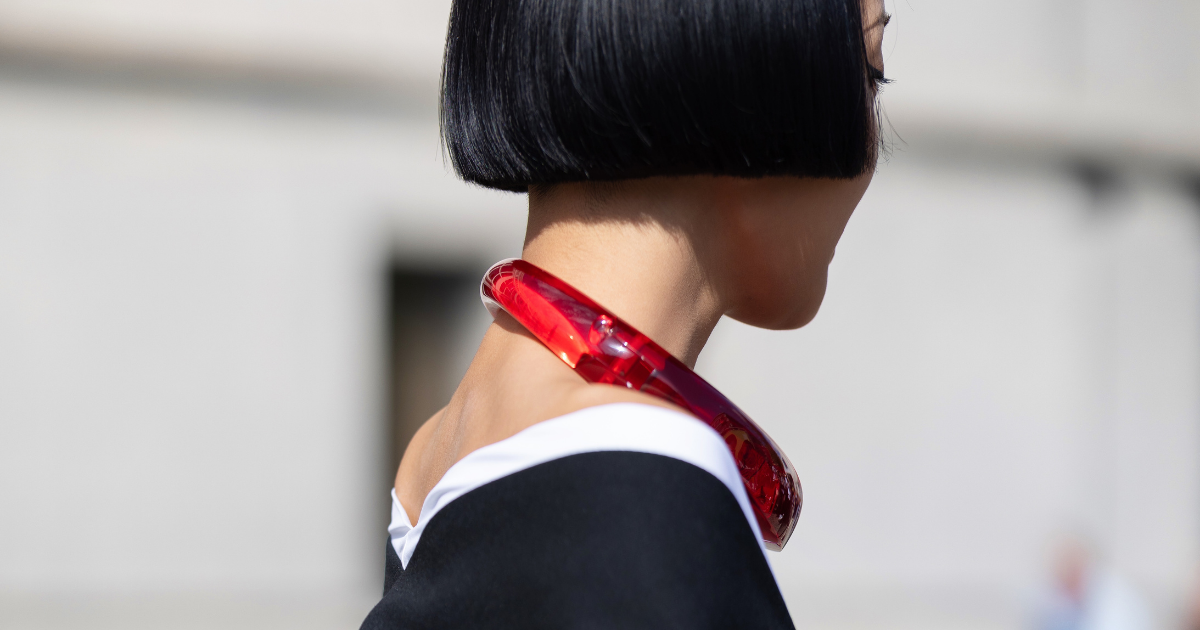When I was in my mid-twenties, I made a spur-of-the-moment decision to cut off seven inches of my hair and donate it to the Little Princess Trust. I hadn’t planned to get a dramatic haircut—a friend floated the idea over lunch, and by 5 p.m., I had a bob. I wish I could say it was purely an altruistic gesture. But the truth is more complicated. It was part rebellion, part reinvention—an impulsive exercise in autonomy. I’d just come out of a relationship where I’d felt controlled, stifled. He used to say if I ever cut my long hair, he’d leave me. The chop wasn’t just a style change—it was a way of reclaiming my power and marking a new chapter of independence and freedom.
The truth is, many people instinctively reach for the scissors after a seismic life shift. Whether it’s a breakup, a new baby, a new job, or grief, a dramatic haircut is so much more than an aesthetic decision. Why? Because it’s one of the fastest, most visual ways to feel different and let the world know you’ve changed. Think Miley Cyrus’s post-Disney platinum pixie, Emma Watson’s post-Harry Potter chop, Selena Gomez’s post-Beiber bob, and Zoë Kravitz’s post-Big Little Lies dramatic cut. Even fictional characters do it (case in point, Carrie Bradshaw’s Season 5 bob post–Big breakup). A radical hair change has long been cultural shorthand for transformation.
Why We Chop After Change
A lot of it comes down to control. “There are so many things in life we have no control over, but changing your hair? That’s a small act of rebellion,” says hair historian Rachael Gibson. “Cutting your hair can feel like shedding dead weight—it’s dramatic, yes, but it’s also symbolic. You’re stepping into a new version of yourself, marking the start of a new chapter.”
Bobby Collier, stylist at Larry King Hair, agrees: “When someone cuts their hair short after a big life shift, it’s often about taking control back. Letting go of the old. Bringing in the new.” This idea that we can transform ourselves instantly is appealing, especially when navigating a phase of life that questions our identity.”
(Image credit: Getty Images)
Hairdressers As Healers
So often, hairdressers aren’t just stylists. They’re confidants, counselors and quiet witnesses to transformation. “I am always inclined to really dig deep during a consultation, especially if I sense someone in my chair is going through a big change,” says Adam Reed, hair stylist and founder of Arkive Headcare. “A lot of people, without realising, think that a big change is a great way to reinvent themselves, but unlike clothes, make up or scent, hair takes a long time to grow again. Hair is like a security blanket, and once you change it, it becomes a reminder that something’s shifted. That doesn’t mean I won’t do it, but I take precautions to limit any regrets.”
Dale H, hairstylist at Hershesons, says he can spot an emotional cut straight away. “There’s more urgency, more passion. You can feel the energy—they’re ready to start again,” he says. “I always push the consultation to make sure it’s going to look right, especially if they’re going through a big change. We have to make them feel confident. So, it’s important to get it right, get that length right, make it sharp, make it current, make it, make it pop.”
The Rebirth of the Bob
According to the pros, nothing says reinvention quite like a fresh bob. “It is a true classic, the Burberry trench of hair,” says Adam. “It can be soft, or structured, styled or casual, neat or messy. It’s the most versatile, multifunctional style of all time.” Dale agrees; “To me, the bob symbolises power, strength and independence. But it has to be cut right—too long, and it’s dated; too short, and it’s not wearable.”
For Bobby, it’s all about personalisation. “You can play around with weight distribution, texture, layer, you can put fringes in, you can take corners out, tuck bits away,” he says. “You have to personalise it while retaining that fundamental, beautiful bob shape.”
In the end, a haircut might not solve everything—but it doesn’t have to. It’s a line in the sand. A visual shift to match the internal one. Sometimes, it’s about reclaiming autonomy. Sometimes, it’s about letting go. And sometimes, it’s simply the first bold step into whatever—or whoever—comes next.

